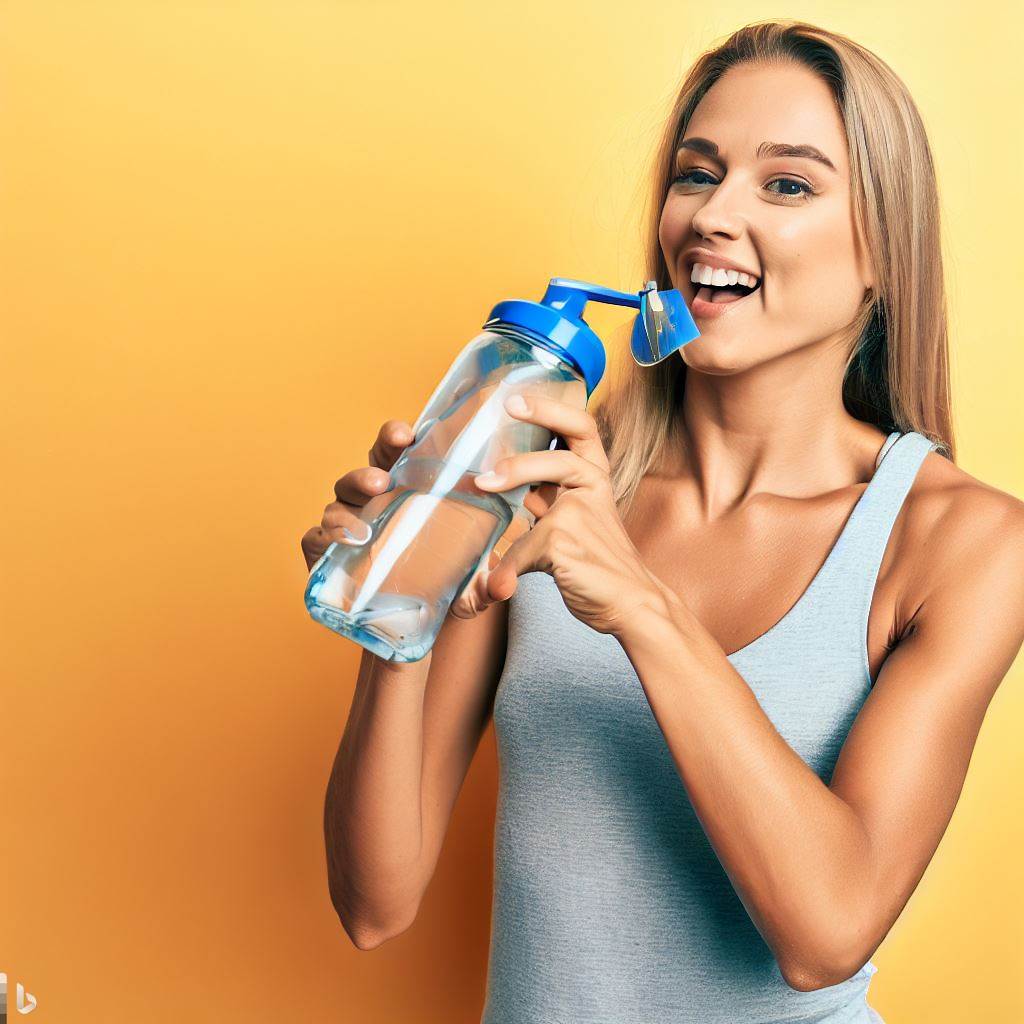Are you tired of changing your bird’s water constantly? Do your birds make soup out of their water? Do your birds use their water dish as a swimming pool? If you answered yes to any of the previous questions, then switching to water bottles may be the answer for you.

Bottles are made from plastic or glass, and hang on the outside of the cage. The metal drinking tube is inserted between the cage bars, allowing access from inside of the cage. Inside of the tube is a metal ball bearing, which releases the water when pushed. This enables the birds to freely access fresh water at anytime.
Choosing the correct type of water bottle for your bird is easy. Water bottles are manufactured in sizes ranging from Canary/Finch all the way to the large Macaw size. Smaller birds such as Finches and Canaries can safely use the less expensive plastic water bottles. All parrots should have a glass water bottle, otherwise you will be purchasing a new one quite often. Even my Lovebirds have chewed holes in the plastic water bottles.
Installation of water bottles only takes a few minutes. The glass water bottles use a metal hanger and require a screwdriver and nutdriver to install. With such a variety of water bottles to choose from, most cages can be outfitted with a water bottle. Cage height and bar spacing will determine what size water bottle to use. So have your cage dimensions on hand when you shop for your water bottle.
In addition to clean water, bottles offer convenience. Most are dishwasher safe. Collect your water bottles before you go to bed and toss them in the dishwasher. In the morning, refill with fresh water and hang on the cage. After initial installation, and after each and every cleaning, press the metal ball bearing several times to release the water. ALWAYS make sure the ball bearing is turning.
I have a male Moluccan Cockatoo, named Joey, who enjoys a daily shower under his water bottle. After he finishes bathing, he goes to the bottom of his cage and pulls the wet paper up through the grid. Then, he tears the paper into strips and rolls the strip into little balls using his beak. He then proceeds to stuff the *spit balls* into the drinking tube, causing the tube to plug up. This is one of his favorite tricks. Sunflower seeds, pieces of toys, and green beans, and peas are some of the surprises that my birds have saved for me inside of the drinking tubes. As an added precaution I check the bottles as soon as I get home from work.
Fill water bottles with clean tap or bottled water only. Acid in fruit juices can corrode metal ball bearings and fruit juices may provide an ideal medium for bacteria growth. Users in tropical climates may need to wash, disinfect, and refill more often. Be sure to follow the manufacturer’s instructions regarding proper usage and care.
One of the biggest drawbacks to using water bottles is that they may leak until the water reaches room temperature. Another drawback is that on hot days the water in the bottles will also become hot if the room is not air conditioned. To combat both of these problems you can put a dish under the water bottle for a few hours after each refill, then remove the dish when the water reaches room temperature. On hot days, I put ice cubes in the water bottles. Make sure the water bottle is completely full because the cubes will float to the top of the water line, and you need to be sure the tube is not blocked.
Training a bird to drink from a water bottle may take anywhere from a few minutes to a few days. Birds who frighten easily may take a little longer to adjust to using a water bottle. After initial installation, and after each and every cleaning, press the metal ball bearing several times to release the water. ALWAYS make sure the metal ball bearing is turning. While your bird is watching, demonstrate how to release the water from the tube. Most birds are so curious that they will immediately investigate the *new toy* in the cage. Do not go by the water line to determine if your bird is drinking from the tube. The decrease in water could have been from leakage. Continue to keep a dish of fresh water in the cage until you actually see your bird drinking the water from the tube.
There are as many brands of water bottles as there are pets. You can expect to pay $3.00 to $8.00 for plastic water bottles and $20.00 to $35.00 for the glass water bottles. I have used LIXIT brand water bottles with tremendous success for the last four years, and I highly recommend them. I have not had one bird (in my aviary of over 70 birds) develop a bacterial infection since I converted all of my birds to water bottles. Using water bottles has saved me time, as well as money. In the opinion of this author and bird breeder, water bottles are one of the healthiest bird product innovations on the market today!

